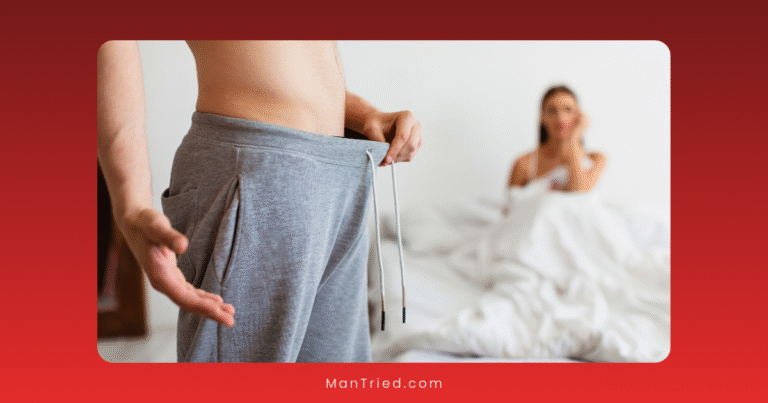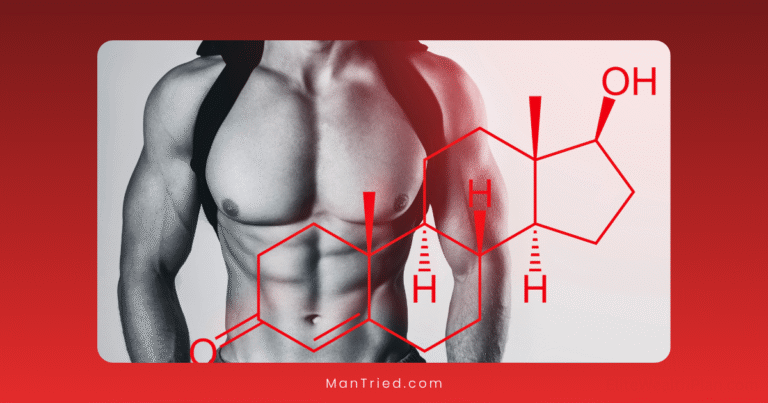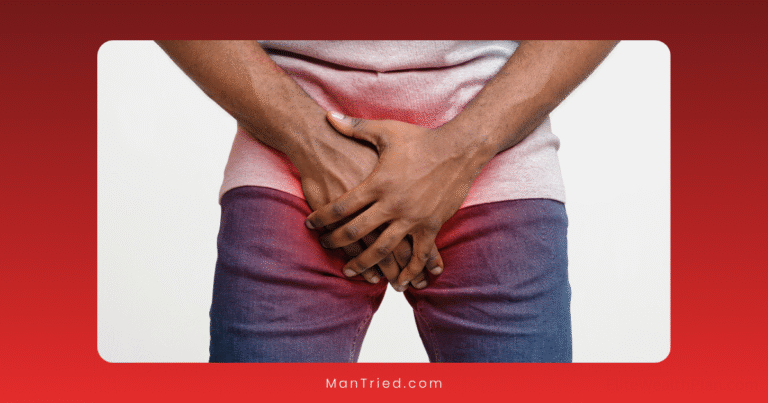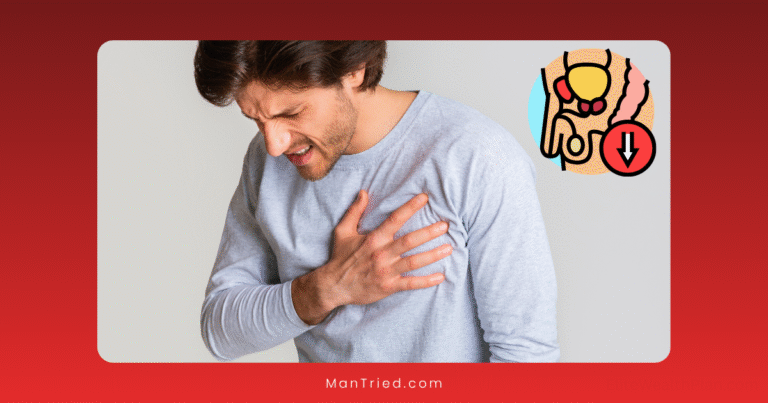Surgical vs Non-Surgical Peyronie’s Treatments: A Comprehensive Comparison
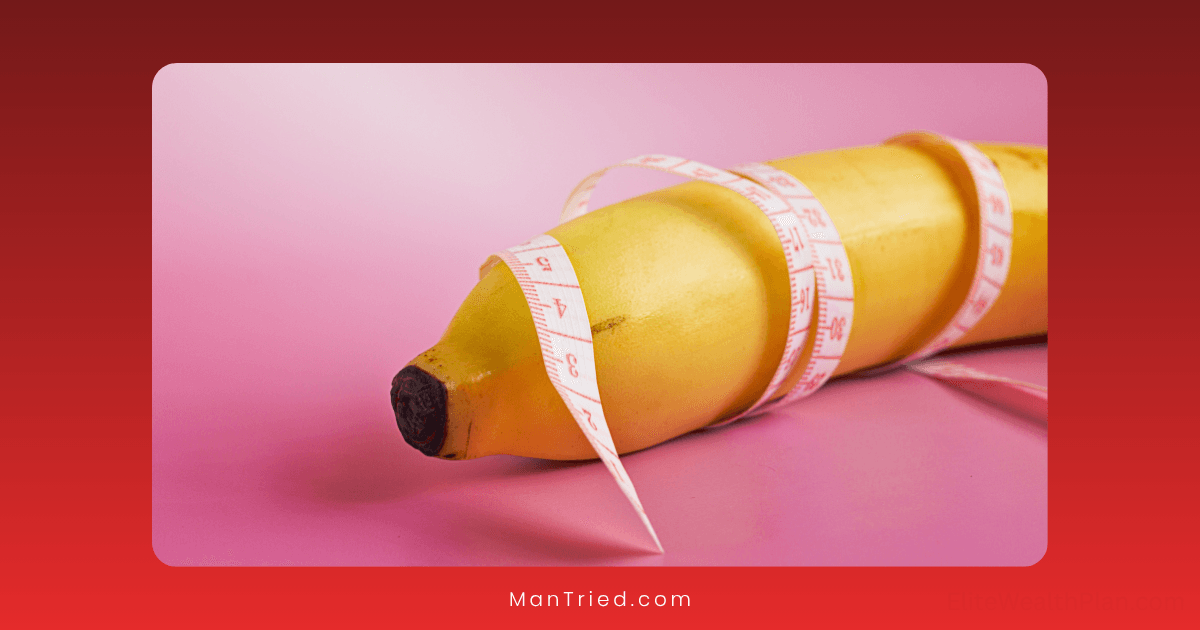
When faced with a Peyronie’s disease diagnosis, one of the most significant decisions patients and their healthcare providers must make is whether to pursue surgical or non-surgical treatment. This choice isn’t always straightforward, with factors including disease severity, erectile function, patient preferences, and treatment goals all playing crucial roles in the decision-making process.
This comprehensive guide compares surgical and non-surgical approaches to Peyronie’s disease treatment in 2025, examining effectiveness, risks, recovery time, costs, and quality of life outcomes to help inform this important decision.
Understanding Peyronie’s Disease: A Brief Overview
Before diving into treatment comparisons, let’s briefly review what Peyronie’s disease entails. This condition is characterized by the formation of fibrous scar tissue (plaque) in the tunica albuginea of the penis, resulting in:
- Penile curvature or deformity during erection
- Pain during erections or sexual activity
- Erectile dysfunction in some cases
- Penile shortening
- Psychological distress and relationship difficulties
According to recent research published in PMC, Peyronie’s disease affects between 0.4% and 9% of men in the general population, with prevalence potentially reaching 15-20% in specific groups such as those with diabetes or prostate cancer.
The Treatment Landscape in 2025
The management of Peyronie’s disease has evolved significantly, with both surgical and non-surgical approaches seeing notable advancements. Treatment selection typically depends on several factors:
- Disease phase (acute vs. stable)
- Severity of curvature
- Presence of erectile dysfunction
- Impact on sexual function
- Patient age and overall health
- Patient preferences and goals
Let’s examine how surgical and non-surgical approaches compare across several key dimensions.
Non-Surgical Treatment Options
1. Oral Medications
While oral medications have historically shown limited effectiveness, they remain a first-line approach for many patients, particularly during the acute inflammatory phase.
Effectiveness: Research indicates modest benefits at best, with limited evidence supporting significant curvature improvement.
Common options include:
- Pentoxifylline
- Phosphodiesterase type 5 inhibitors (PDE5i)
- Vitamin E (though evidence for efficacy is limited)
- L-arginine
Advantages:
- Non-invasive
- Relatively low cost
- Minimal side effects
- Can be used during the acute phase
Disadvantages:
- Limited effectiveness for curvature correction
- May require long-term use
- Results can take months to manifest, if they appear at all
2. Penile Traction Therapy (PTT)
PTT has emerged as one of the more promising non-surgical interventions, particularly for preserving or restoring penile length.
Effectiveness: According to a 2025 study cited by PMC, PTT has shown significant improvements in penile curvature, with reductions of 19.7° for less than 4 hours of daily use and impressive 38.4° reductions for more than 6 hours of daily use.
Advantages:
- Non-invasive
- Can be used during both acute and stable phases
- The only non-surgical option proven to address penile shortening
- Can be combined with other treatments
- Minimal side effects when used correctly
Disadvantages:
- Requires significant time commitment (several hours daily)
- Comfort and compliance issues
- Results depend heavily on consistent use
- May not be sufficient for severe curvature (>60°)
3. Vacuum Erection Devices (VED)
VEDs create negative pressure to draw blood into the penis, potentially helping to remodel scar tissue over time.
Effectiveness: Research indicates a 5-fold improvement in penile curvature compared to control groups, though results vary significantly between individuals.
Advantages:
- Non-invasive
- Can be used at home
- May help with erectile dysfunction concurrently
- Relatively affordable
Disadvantages:
- Potential side effects including hematoma and painful venous engorgement
- Limited evidence for significant curvature correction
- Not effective for all types of deformities
4. Injectable Treatments
Intralesional injections represent the most effective non-surgical approach for many patients.
Collagenase Clostridium Histolyticum (CCH/Xiaflex)
As the only FDA-approved injectable treatment for Peyronie’s disease, CCH works by breaking down collagen in the plaque.
Effectiveness: Studies show an average improvement in curvature of approximately 19° more than placebo, with some patients experiencing significantly greater improvements.
Advantages:
- Outpatient procedure
- Targeted action on plaque
- Established safety profile
- Standardized treatment protocol
- Can be combined with traction therapy for enhanced results
Disadvantages:
- High cost (treatment costs for Peyronie’s increased from $1,531 in 2007 to $10,339 in 2018)
- Multiple office visits required
- Treatment-related side effects in 86% of patients (though most are minor)
- Serious complications like corporal rupture in 0.7-0.9% of cases
- Not suitable for ventral plaques or significant calcification
Off-Label Injectable Options
Various other injectables are used off-label, including:
- Verapamil: Shows mixed results, with some studies reporting subjective improvements but limited objective curvature changes
- Interferon: May reduce plaque size and curvature in some patients
- Platelet-Rich Plasma (PRP): Emerging option with promising early results but limited long-term data
Surgical Treatment Options
Surgical intervention is typically reserved for patients with stable disease (unchanged for at least 3-6 months), severe curvature, or those who have failed non-surgical treatments.
1. Penile Plication Procedures
Plication involves placing sutures on the side opposite to the curvature to straighten the penis.
Effectiveness: Success rates of 85-95% for achieving functional straightening.
Advantages:
- Relatively simple procedure
- Can be performed under local anesthesia (as highlighted by Mayo Clinic)
- Shorter operating time compared to other surgical options
- Lower risk of erectile dysfunction compared to grafting procedures
- Outpatient procedure with quick recovery
Disadvantages:
- Results in some penile shortening (typically 1-2 cm)
- Not ideal for severe curvature (>60°) or hourglass deformities
- Potential for palpable sutures
- Not effective for length restoration
2. Plaque Incision/Excision with Grafting
For more severe cases, surgeons may cut into or remove the plaque and replace the defect with graft material.
Effectiveness: Straightening success rates of 70-90%, depending on technique and graft material.
Advantages:
- Effective for severe curvature
- Can address complex deformities (hourglass, indentations)
- Minimizes length loss compared to plication
- May restore some lost length
Disadvantages:
- Higher risk of erectile dysfunction (10-25%)
- Longer recovery period
- More invasive procedure
- Requires general anesthesia in most cases
- Higher complication rates
Latest developments: According to UroToday, 2025 has seen innovations in grafting materials, including:
- A cost-effective modified split graft technique using bovine pericardium
- Comparative analysis of collagen fleece versus porcine small intestinal submucosa
- Novel autologous materials like the outer plate of the prepuce
3. Penile Prosthesis Implantation
For patients with both Peyronie’s disease and erectile dysfunction, penile prosthesis implantation (often combined with modeling or grafting) offers a solution to both issues.
Effectiveness: Success rates of 90-95% for addressing both curvature and erectile dysfunction.
Advantages:
- Addresses both Peyronie’s disease and erectile dysfunction
- High satisfaction rates
- Definitive solution for severe cases
- May be combined with other techniques for complex deformities
Disadvantages:
- Most invasive option
- Irreversible
- Device-related complications possible
- Highest cost among surgical options
- Risk of infection or mechanical failure
Latest innovation: In 2024-2025, the first worldwide correction of ventral Peyronie’s disease using an inflatable penile prosthesis combined with plaque incision and grafting with collagen fleece was reported, expanding options for complex cases.
Head-to-Head Comparison: Surgical vs Non-Surgical Approaches
Effectiveness for Curvature Correction
Non-Surgical:
- Mild cases (<30°): Often sufficient
- Moderate cases (30-60°): Variable results, combination therapy may be needed
- Severe cases (>60°): Generally insufficient alone
Surgical:
- Mild cases: Excellent results but may be overly invasive
- Moderate cases: Excellent results with plication
- Severe cases: Superior results with grafting or prosthesis
Recovery Time and Return to Activities
Non-Surgical:
- Oral medications: No downtime
- Traction/VED: No downtime, but daily time commitment
- Injections: Minimal downtime (24-48 hours), sexual activity restrictions for 1-2 weeks after each treatment
Surgical:
- Plication: 4-6 weeks before resuming sexual activity
- Grafting: 6-8 weeks before resuming sexual activity
- Prosthesis: 6-8 weeks before device activation
Cost Considerations
Non-Surgical:
- Oral medications: $200-500 for a 3-month supply
- Traction devices: $300-500 one-time cost
- VED: $200-500 one-time cost
- CCH injections: $15,000-25,000 for complete treatment course
- Off-label injections: $2,000-5,000 for complete treatment course
Surgical:
- Plication: $8,000-15,000
- Grafting: $15,000-25,000
- Prosthesis: $20,000-30,000
Note: Costs may vary significantly based on location, insurance coverage, and specific provider.
Complication Rates
Non-Surgical:
- Oral medications: Minimal side effects
- Traction/VED: Minor bruising or discomfort
- CCH injections: 86% experience side effects, 0.7-0.9% serious complications
- Off-label injections: Variable side effect profiles, generally well-tolerated
Surgical:
- Plication: 5-10% complication rate (mainly residual curvature)
- Grafting: 10-25% risk of new-onset erectile dysfunction
- Prosthesis: 2-3% infection risk, 5-10% mechanical failure over 10 years
Impact on Penile Length
Non-Surgical:
- Traction therapy: May increase length by 0.5-2.0 cm
- Other non-surgical options: Generally neutral effect on length
Surgical:
- Plication: Shortening of 1-2 cm common
- Grafting: Potential to maintain or slightly improve length
- Prosthesis: Variable impact on length, can be combined with techniques to maximize length
Patient Selection: Who Is Best Suited for Each Approach?
Ideal Candidates for Non-Surgical Approaches
- Patients in the acute/active phase (less than 12 months since onset)
- Mild to moderate curvature (<45°)
- Adequate erectile function
- Those seeking to avoid surgical risks
- Patients concerned about penile shortening (traction therapy)
- Those who can commit to long-term treatment protocols
Ideal Candidates for Surgical Approaches
- Patients in the stable phase (no changes for at least 3-6 months)
- Severe curvature (>45-60°)
- Failed non-surgical treatments
- Complex deformities (hourglass, hinging)
- Concurrent erectile dysfunction (prosthesis)
- Those seeking definitive, one-time treatment
- Patients whose curvature prevents satisfactory intercourse
Combination Approaches: The Best of Both Worlds?
Increasingly, specialists are recommending combination approaches that leverage the benefits of both surgical and non-surgical treatments:
- Sequential therapy: Starting with non-surgical options during the acute phase, followed by surgery if needed once the disease stabilizes
- Pre-surgical optimization: Using traction therapy before surgery to maximize length preservation
- Multimodal non-surgical approach: Combining traction therapy with injectable treatments for enhanced outcomes
- Post-surgical rehabilitation: Implementing traction therapy after surgical recovery to maintain results and optimize length
Making the Decision: Key Considerations
When weighing surgical versus non-surgical options, consider:
- Disease characteristics: Phase, curvature severity, and complexity of deformity
- Functional impact: How significantly the condition affects sexual function and quality of life
- Patient preferences: Risk tolerance, treatment goals, and lifestyle considerations
- Provider expertise: Seek treatment from specialists experienced in both surgical and non-surgical approaches
- Cost and insurance coverage: Understanding financial implications of different options
The Psychological Dimension
The psychological impact of Peyronie’s disease can significantly influence treatment decisions and outcomes. According to UroToday, a nationwide 25-year cohort study in 2025 highlighted the risk of depression associated with Peyronie’s disease.
Some patients may prefer the definitive nature of surgical correction to alleviate psychological distress, while others may prefer to avoid surgery due to anxiety about potential complications. Comprehensive care should address both physical and psychological aspects of the condition.
Conclusion: Bridging the Gap Between Approaches
The distinction between surgical and non-surgical approaches to Peyronie’s disease is becoming increasingly nuanced in 2025. With advancements in both categories, the treatment paradigm is shifting toward personalized, phase-specific care that may incorporate elements of both approaches.
For many patients, the optimal strategy involves a stepwise approach—beginning with non-surgical options during the acute phase and progressing to surgical intervention only if necessary once the disease has stabilized. This approach maximizes the chance of success while minimizing unnecessary invasive procedures.
Ultimately, the decision between surgical and non-surgical treatment should be made collaboratively between patient and provider, taking into account the specific characteristics of the disease, patient preferences, and treatment goals. With proper selection and realistic expectations, both

